Research Research Highlights
Research Highlights
Research Highlights
Research Highlights
Research Highlights 미리보기
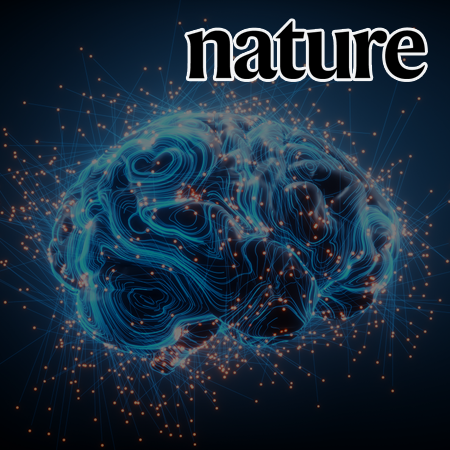
Temporally Distinct 3D Multi-Omic Dynamics in the Developing Human Brain
Prof. Dong-Sung Lee
Professor Dongsung Lee from the College of Medicine at SNU, in collaboration with researchers at UCLA and UCSF, has published a paper in Nature, being the first in the world to study epigenomic changes, including the three-dimensional genome structure and DNA methylation, during human brain development from the fetal stage to adulthood at the single-cell level, using the single-nucleus methyl-3C technology they developed.
Research Highlights Board
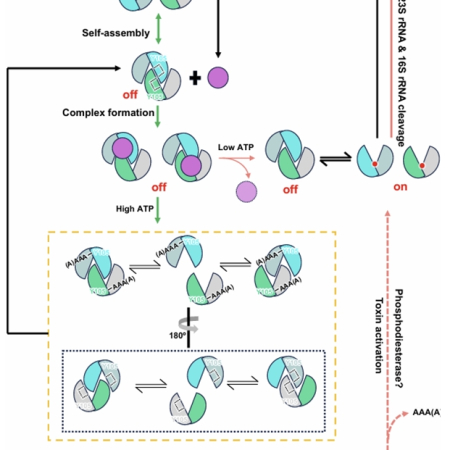
Structural insight into the distinct regulatory mechanism of the HEPN-MNT toxin-antitoxin system in Legionella pneumophila
Prof. Byung Woo Han
HEPN-MNT, a type VII TA module, comprises the HEPN toxin and the MNT antitoxin, which acts as a nucleotidyltransferase that transfers the NMP moiety to the corresponding HEPN toxin, thereby interfering with its toxicity.
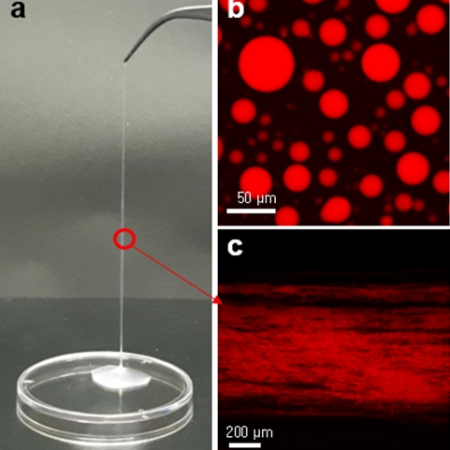
Calcium ion-triggered liquid-liquid phase separation of silk fibroin and spinning through acidification and shear stress
Prof. Ki Hoon Lee
Professor Ki Hoon Lee's research team from the Department of Agriculture, Forestry, and Bioresources at SNU developed a biomimetic spinning process by leveraging silk fibroin's liquid-liquid phase separation, followed by acidification and shear force to produce fibers.
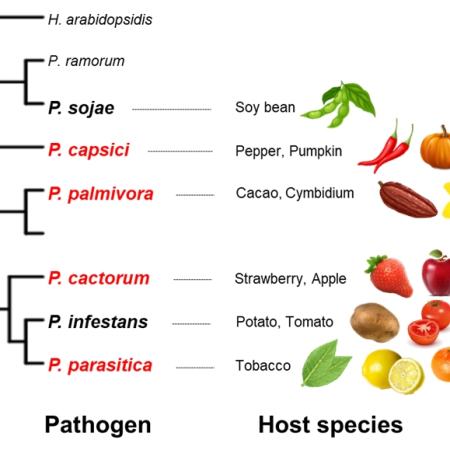
Conserved effector families render Phytophthora species vulnerable to recognition by NLR receptors in nonhost plants
Prof. Doil Choi
Prof. Doil Choi and research team identified multiple resistance genes against various Phytophthora pathogens that threat wide-range of important crop species
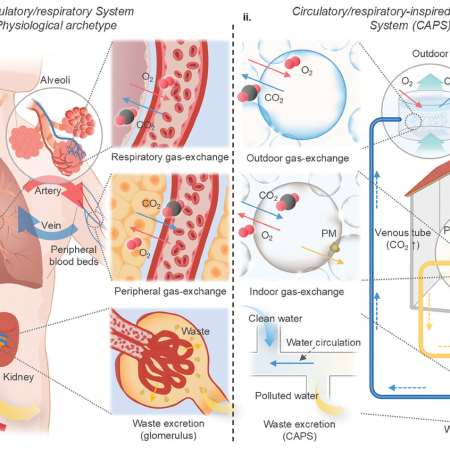
Professor Seung Hwan Ko's Research Team at Seoul National University Develops Filter-Free Microbubble Air Purification System
Professor Seung Hwan Ko
Seoul National University College of Engineering announced that a research team led by Professor Seung Hwan Ko from the Department of Mechanical Engineering has developed an eco-friendly air purification system using microbubble filters instead of conventional solid filters.
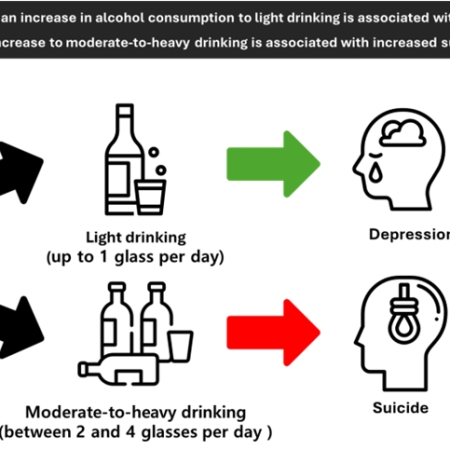
Associations of Changes in Alcohol Consumption on the Risk of Depression/Suicide Among Initial Nondrinkers
Prof. Sang Min Park
Although prior studies showed the association between the amount of alcohol ingestion and the risk of depression and suicide, there has been a lack of research considering changes in alcohol intake over time.
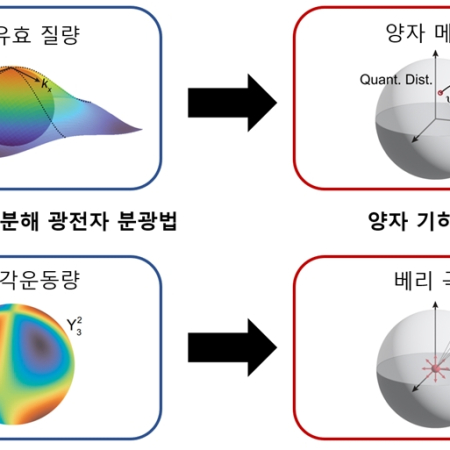
Measurements of the quantum geometric tensor in solids
Prof. Bohm-Jung Yang
Understanding the geometric properties of quantum states and their implications in fundamental physical phenomena is a core aspect of contemporary physics.
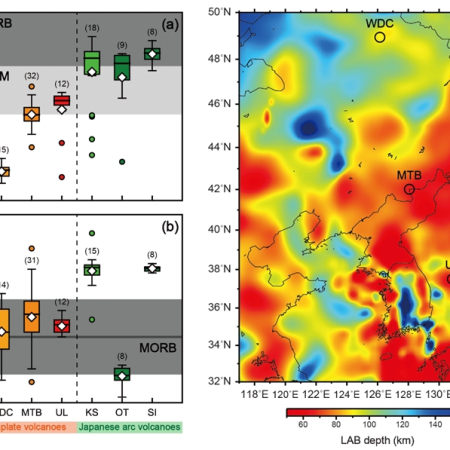
Water and gas geochemistry of springs in Ulleungdo volcano, South Korea: Implications for degassing of upper mantle-derived volatiles in Northeast Asia
Prof. Hyunwoo Lee
Ulleungdo, a volcanic island located in the back-arc basin (East Sea/Sea of Japan) of the Japanese arc, is one of the Cenozoic intraplate volcanoes in Northeast (NE) Asia.
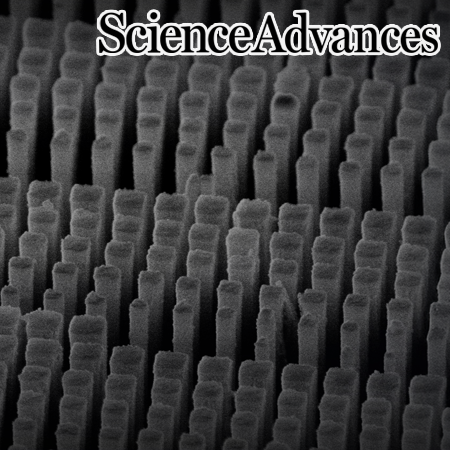
SNU Department of Electrical and Computer Engineering's Optical Engineering and Quantum Electronics Laboratory, Develops Ultra-Compact Camera Technology Optimized for VR/AR Devices
Seoul National University College of Engineering announced that researchers from the Department of Electrical and Computer Engineering’s Optical Engineering and Quantum Electronics Laboratory have developed an optical design technology that dramatically reduces the volume of cameras with a folded lens system utilizing “metasurfaces,” a next-generation nano-optical device.

Nuclear localization sequence of MoHTR1, a Magnaporthe oryzae effector, for transcriptional reprogramming of immunity genes in rice
Prof. Yong-Hwan Lee
Plant pathogens secrete nuclear effectors into the host nuclei to modulate the host immune system. Although several nuclear effectors of fungal pathogens have been recently reported, the molecular mechanism of NLS-associated transport vehicles of nuclear effectors and the roles of NLS in transcriptional reprogramming of host immunity genes remain enigmatic.

Glia-like taste cells mediate an intercellular mode of peripheral sweet adaptation
Prof. Myunghwan Choi
The sense of taste generally shows diminishing sensitivity to prolonged sweet stimuli, referred to as sweet adaptation. Yet, its mechanistic landscape remains incomplete.
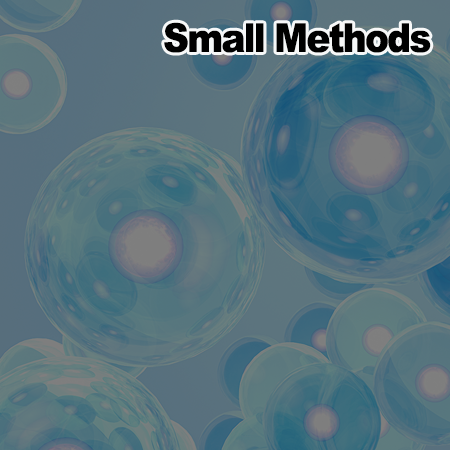
Novel FRET-based Immunological Synapse Biosensor for the Prediction of Chimeric Antigen Receptor-T Cell Function
Prof. Jihye Seong
Chimeric antigen receptor (CAR)-T cell therapy has revolutionized cancer treatment. CARs are activated at the immunological synapse (IS) when their single-chain variable fragment (scFv) domain engages with an antigen, allowing them to directly eliminate cancer cells.

Discovery of a drug lead against multiple drug-resistant tuberculosis from insect symbiotic bacteria-derived natural products
Prof. Dong-Chan Oh
The emergence of multidrug-resistant (MDR) and extensively drug-resistant (XDR) strains of Mycobacterium tuberculosis (Mtb) poses a significant threat to health globally.

